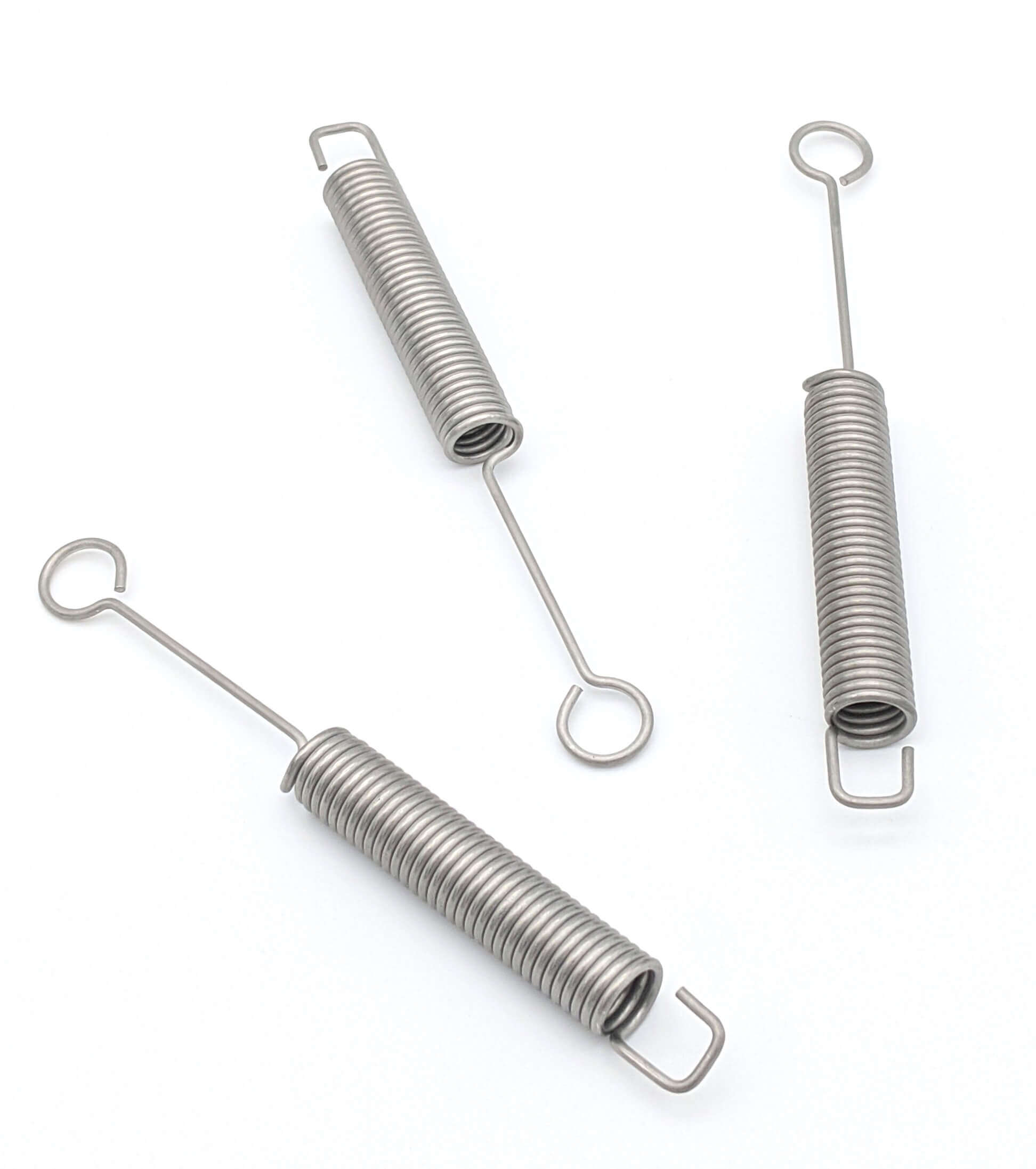Get unique, complex parts easily. No matter your requirements, Chaoyi Spring creates hard-to-produce coil springs and wire forms.
Let us help you create the custom wire form you need, from S-hooks and J-hooks to utility hooks and more.
We work closely with customers across a wide range of industries, helping them design and manufacture made-to-order parts.
Why choose Chaoyi Spring? We prioritize customer-focused collaboration, modern equipment and the latest technology to make your parts per print.
Find the information and guidance you need, from measuring a spring to learning about materials, placing an order and much more.
Springs, those ubiquitous devices found in everything from door hinges to car suspensions, play a vital role in our daily lives. Their ability to store and release energy through compression


Springs, those ubiquitous devices found in everything from door hinges to car suspensions, play a vital role in our daily lives. Their ability to store and release energy through compression and extension makes them indispensable in various applications. But how exactly does the compression of a spring work? What are the forces at play, and how do these forces relate to the energy stored within the spring? This article delves into the fascinating world of spring compression, exploring the underlying physics and revealing the secrets behind this seemingly simple yet powerful phenomenon.

At its core, the compression of a spring is governed by a fundamental principle known as Hooke's Law. This law, formulated by the renowned physicist Robert Hooke in the 17th century, states that the force exerted by a spring is directly proportional to its deformation. In simpler terms, the more you compress a spring, the greater the force it pushes back with.
Mathematically, Hooke's Law is expressed as F = -kx, where:
The negative sign indicates that the force exerted by the spring opposes the direction of the displacement. For instance, if you compress a spring, it pushes back with a force in the opposite direction, trying to return to its original length.
When you compress a spring, you're doing work on it. This work is not lost; instead, it gets stored as potential energy within the spring. This potential energy, known as elastic potential energy, is the energy that the spring possesses due to its deformed state. It's like a coiled-up spring ready to unleash its stored energy.
The amount of elastic potential energy stored in a spring is directly proportional to the square of its compression. This means that doubling the compression of a spring quadruples its stored potential energy.
The compression of a spring is influenced by several factors:
The compression of a spring finds applications in a wide range of fields, from simple everyday devices to complex engineering systems.
While Hooke's Law provides a simplified understanding of spring compression, it's important to note that it holds true only for small deformations. As the compression increases, the spring's behavior can become more complex, with non-linear relationships between force and displacement. This non-linearity is often accounted for using more advanced models in engineering applications.
Moreover, real-world springs exhibit some degree of damping, meaning they lose energy due to friction and other factors. This damping effect reduces the energy stored in the spring and affects its oscillations.
The compression of a spring is a fundamental concept in physics and engineering, with far-reaching implications in various fields. By understanding the principles of spring compression, we gain insight into the behavior of these versatile devices and their role in shaping our technological world. From the simple act of opening a door to the complex workings of sophisticated machinery, springs continue to amaze us with their ability to store, release, and manage energy in ways that are both elegant and powerful.
Spring compression is a fascinating phenomenon that highlights the interplay of force, energy, and material properties. It's a testament to the power of fundamental physics and the ingenuity of human engineering. Understanding the intricacies of spring compression not only unlocks deeper scientific knowledge but also allows us to appreciate the ubiquitous role of these seemingly simple devices in our daily lives.
Browse some of the custom wire forms and springs that we manufacture. Don’t see what you need? We specialize in made-to-order products that meet your application requirements.
Visit Our GalleryNeed a custom wire form or coil spring? We make it work. Fill out the contact form and a representative will respond within 1 business day. If you have a PDF or CAD file, you can submit to request a quote.